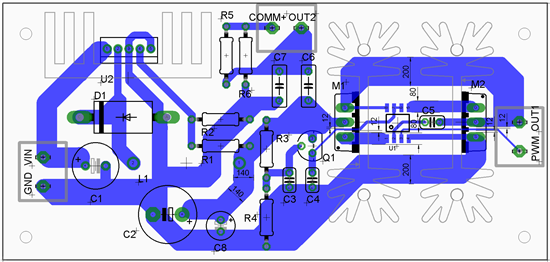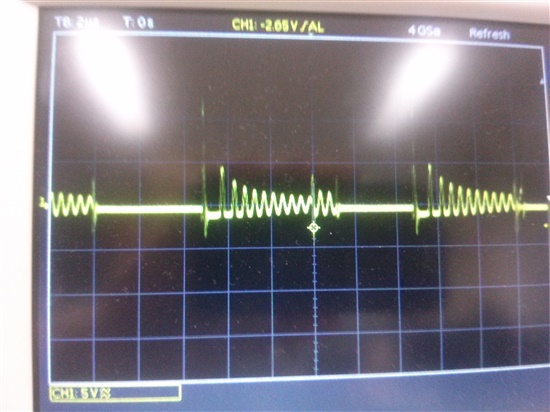Hi,
I have some issues building the circuit below. I have problems gettign teh TPS28225D to work properly. I am trying to build a wireless power transmitter, however, when i connect the transmitter coil to the OUT1 and OUT2 connectors, the UGATE voltage of the IC fails. Without the coil, the IC provides good voltage levels. I just cannnot figure it out. I assumed the PCB layout may not be good, otherwise i am using the exact same schematic as the BQ500410A wireless power transmitter uses. The bootstrap and drive capacitor values are the same as well.
Thank you in advance for your help,
Best wishes,




